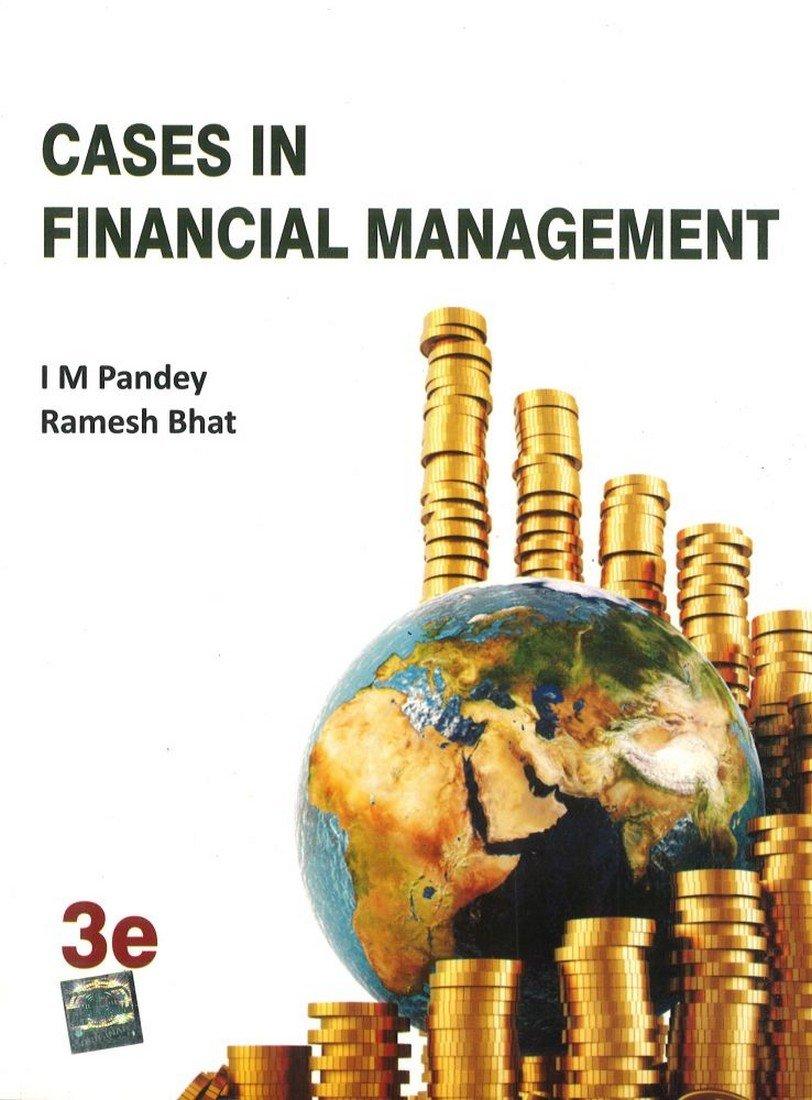Answered step by step
Verified Expert Solution
Question
1 Approved Answer
Hello! can you help me to solve these questions? Thank you so much Case Study Facts PART A: Don and Kerry Monroe, both aged 30,


Hello! can you help me to solve these questions? Thank you so much
Case Study Facts PART A: Don and Kerry Monroe, both aged 30, live in Hamilton. They have no children. They own their own business in which they work together full-time. The business is doing reasonably well. After covering all living expenses, Don and Kerry save $1,000 each month, which they transfer into their savings account at the end of each month. They have saved $100,000 as at 31 October 2020. This money is earning 1.25% annual interest, compounded monthly, in a savings account. They have no KiwiSaver funds and no other investments. The couple also have a joint credit card on which they owe $10,000 as at 1 November 2020. They don't use the card anymore, but they only pay off the minimum amount each month (2% of the balance or $25, whichever is greater), this payment is included in the living expenses mentioned above. The interest rate on the card is 20.95% per annum, compounded monthly. Don and Kerry are renting at present but wish to purchase a home. Their goal is that in three years they want to have enough to put down a 20% deposit on a house that currently costs $600,000. They are finding, however, that the average 10% per annum house price rise (which is forecast to continue for the next three years), is making it difficult as they are chasing a moving target. Don and Kerry have somewhat different ideas about what approach they should follow to meet their goal. Don is happy to keep their present and future savings in the bank earning a low rate of interest. However, Kerry has started to take a more active interest in investment and has come to the conclusion that if they are to have any chance of achieving their goal of saving for the house deposit, they must take a much more aggressive approach. Kerry hopes she will be able to persuade Don to invest their $100,000 in shares for a period of three years, while investing any additional future monthly savings in the bank savings account. Don is not happy with this plan and insists that their current and future savings should stay in the bank savings account. After a lot of heated discussion, Don and Kerry decide if they want to own a house they need a new approach, and decide to get investment advice. They go and see an ex-school-friend, Jack Tate, who commenced work as a commissioned financial adviser two months ago. They ask lack to provide them with more information on investing, and what Jack thinks about the merits of their respective approaches. Jack is quite busy, so they arrange to meet for a quick chat over a cup of coffee. Jack listens briefly to each of them put forward their approaches and then Jack decides that a more aggressive investment approach is required to help them achieve their goals and they should follow Kerry's approach. Jack recommends that they invest in an IT start-up established by his brother Joe Tate. The company, called NZTK Limited, has just listed on the NSX. NZTK shares cost $2.00 each as at 1 November 2020. Jack says he hears from Joe that there is a new technology idea that the company is about to launch and this will lead to the share price doubling in the next three years, so before this information is made public, now is a great time to buy the share. Being a start-up, NZTK has not made a profit in its 3 years of existence. it does not pay dividends and will continue with the no dividend policy for the next 3 years. Questions for Part A: Answer the following questions: For the purposes of calculations, you must ignore the impact of taxes, transactions costs, and fees. Assume all cash flows happen at the end of the time period. The following questions relate to their credit card debt: 1. How much would Don and Kerry need to pay each month on the credit card if they wanted to fully pay off the card in 2 years (assuming no new expenditure is added to the card during this time)? 2. What is the effective annual interest rate of the credit card? (Total Q1 & Q2 = 2 marks)Step by Step Solution
There are 3 Steps involved in it
Step: 1

Get Instant Access to Expert-Tailored Solutions
See step-by-step solutions with expert insights and AI powered tools for academic success
Step: 2

Step: 3

Ace Your Homework with AI
Get the answers you need in no time with our AI-driven, step-by-step assistance
Get Started


